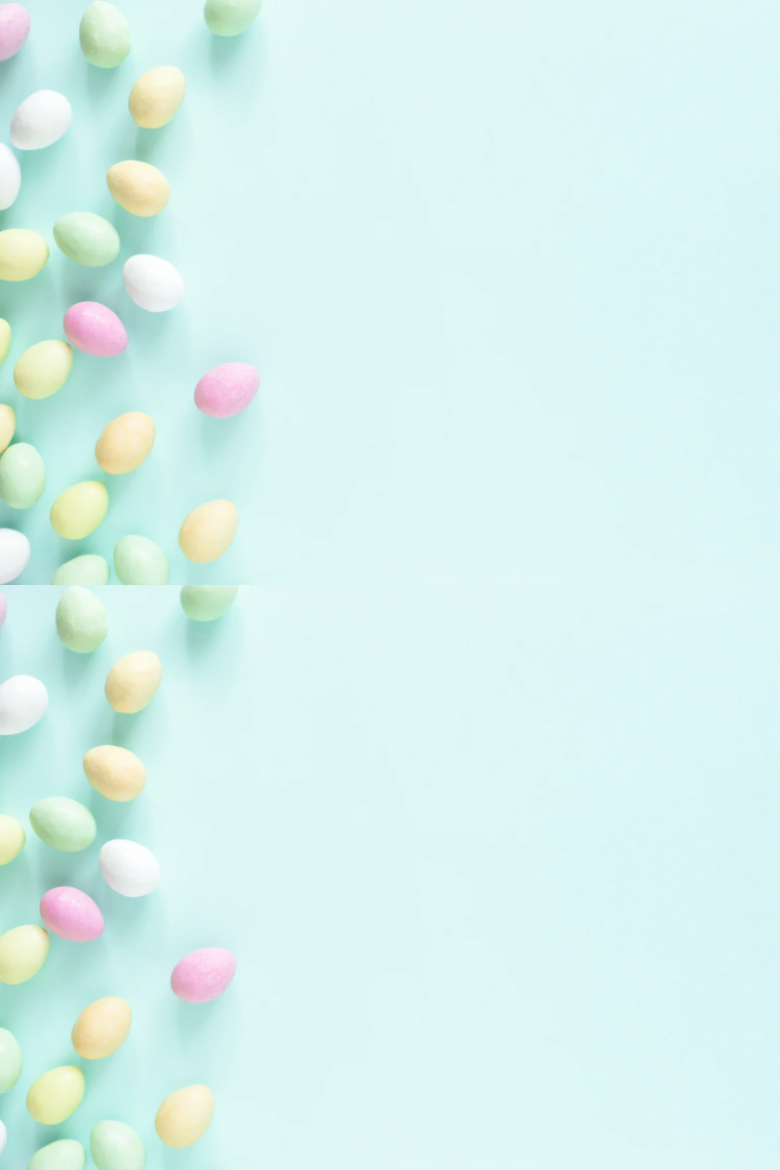As Easter approaches, many of us are eager to engage in the cherished tradition of dyeing Easter eggs. While commercial dyes offer convenience, they often contain chemicals that can be harmful to both health and the environment.
Fortunately, there’s a natural and eco-friendly alternative – dyeing Easter eggs using ingredients found in your kitchen pantry.
In this guide, explore how to create beautiful and vibrant Easter eggs using natural dyes derived from fruits, vegetables, and spices.
Why Choose Natural Dyes?
Before we delve into the dyeing process, let’s discuss why opting for natural dyes is beneficial. Natural dyes not only produce stunning colors but are also safer for both children and adults. They are free from harmful chemicals and are biodegradable, making them an environmentally friendly choice. Plus, using natural ingredients allows for experimentation and creativity, resulting in unique and personalized Easter egg designs.
Choosing Your Ingredients:
The first step in natural egg dyeing is selecting your ingredients. Here are some common items you can use to create a variety of colors:
- Red/pink: beets, cranberries, raspberries
- Yellow: turmeric, onion skins, chamomile tea
- Blue/purple: red cabbage, blueberries, blackberries
- Orange: yellow onion skins, paprika
- Green: spinach, parsley, matcha powder
Preparing Your Dye:
Once you’ve gathered your ingredients, it’s time to prepare the dye. Here’s a basic method to follow:
- Chop or crush your chosen ingredient (e.g., beets, cabbage) and place it in a pot.
- Add water to cover the ingredients and bring the mixture to a boil.
- Reduce the heat and let the mixture simmer for about 15-30 minutes until the desired color is achieved.
- Strain the dye to remove any solid particles, leaving behind a vibrant liquid dye.
Dyeing Your Eggs:
Now that your dye is ready, it’s time to dye your Easter eggs. Here’s how to do it:
- Hard-boil your eggs and let them cool to room temperature.
- Gently place the eggs in the dye mixture, ensuring they are fully submerged.
- Allow the eggs to soak in the dye for at least 30 minutes to achieve vibrant colors. For deeper hues, leave them in the dye overnight in the refrigerator.
- Once you’re satisfied with the color, remove the eggs from the dye and pat them dry with a paper towel.
Tips for Success:
- Experiment with different combinations of ingredients to create unique colors and patterns.
- For a marbled effect, gently crack the eggshells before placing them in the dye.
- Use a white crayon to draw designs or write messages on the eggs before dyeing them to create beautiful resist patterns.
- Remember to handle the eggs gently to avoid cracking the shells during the dyeing process.
Dyeing Easter eggs naturally is not only a fun and creative activity but also a sustainable and eco-friendly choice. By using ingredients from your kitchen, you can create stunning Easter eggs in a rainbow of colors while minimizing your environmental footprint. So, gather your family and friends, roll up your sleeves, and let your creativity shine this Easter with natural egg dyeing.



